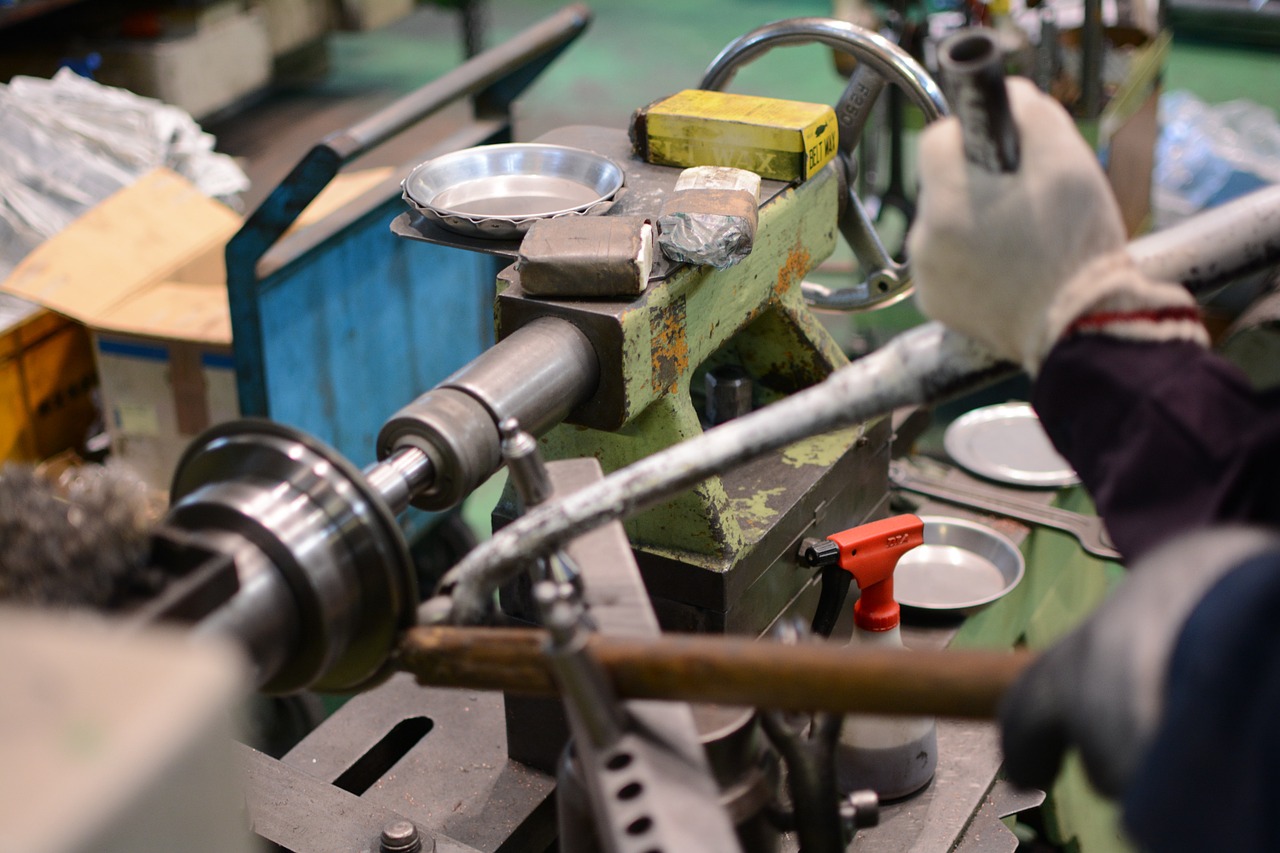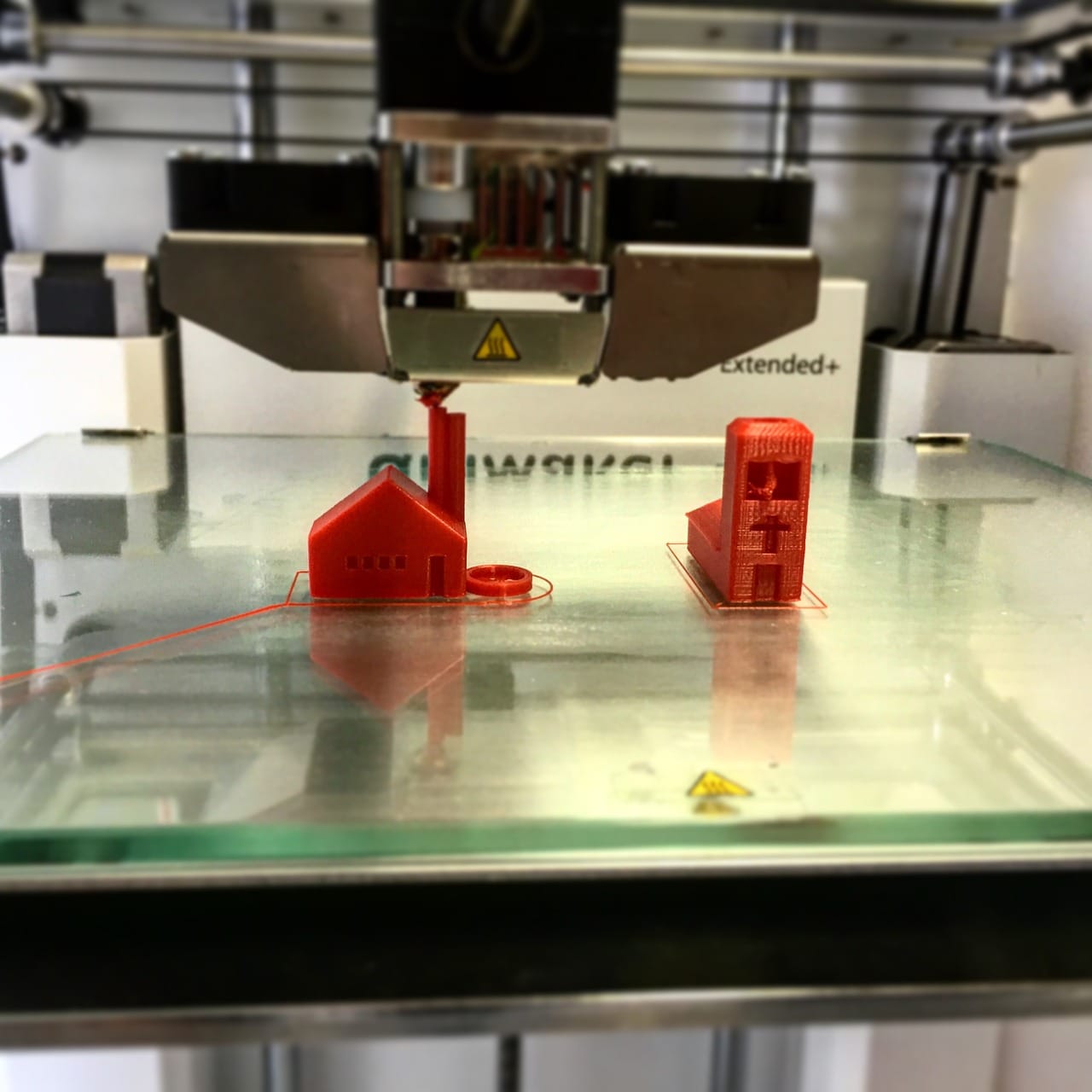
The typical supply chain starts with the acquisition of raw material, leads into the production phase and, eventually, results in warehouse storage and retail distribution.
It’s a highly efficient process, but it’s not without its flaws. Coupled with the recent innovations in 3D printing, the manufacturing and logistics industries might be on the cusp of the next big revolution.
Effects on Shipping, Inventory and Production
Although they have a myriad of applications, the majority of modern 3D printers are now being used for developing product prototypes. This trend is quite limiting, however, and many experts see a rise in the 3D printing of finished goods and products. The GE team expects to manufacture 40,000 3D-printed nozzles by 2020.
Shipping times can also be shortened using 3D printing, especially when it involves custom parts or products. UPS already maintains hundreds of facilities throughout the U.S. dedicated to storing spare parts for their corporate customers and partners.
They’ve recently established a model that uses as many as 1,000 3D printers for the on-demand production of parts and pieces. By implementing this model on a larger scale, UPS could eliminate some of their large warehouse facilities, decrease shipping times and even build additional facilities in smaller locations.
Substantial Cost Savings
3D printing can result in significant cost savings. The ability of today’s machines to work with a wide variety of different materials means the process is much cheaper than it was just a few years ago. Advances in the technology and hardware used in 3D printing are also driving prices down.
Manufacturers will benefit from some indirect cost savings, too. These additional savings are typically realized by reducing or eliminating tooling expenses, cutting the overall development and production timelines and shortening the final production phase. With the ability to print products and parts on demand, businesses can save even more money by minimizing warehouse and storage expenses.
Robotics and 3D Printing
The next-gen technology seen in the latest wave of 3D printers is a perfect fit for the current line of industrial robotics. While the current printing process typically requires some amount of human interaction, at least for the initial loading of materials, programming of machinery and the final collection of finished goods, manufacturers are hoping to eliminate as much worker intervention as possible.
Not only does this reduce the risk of human error, but it leads to even greater productivity and faster production times. It can also help reduce costs even further.
New York-based Voodoo Manufacturing makes such products as prosthetics, keychains and customized parts. The company hopes to cut their production costs by 90 percent within a few years by using Project Skywalker, a device that marries nine 3D printers with a fully automated robotic arm. The rig only requires one person to set the initial project parameters.
Despite Project Skywalker’s capabilities, the CEO of Voodoo is adamant that the device will not replace their current staff members. Instead, officials within the company plan to assign their human employees to tasks of higher value and responsibility.
A Much-Needed Disruption
There’s no doubt that 3D printing will disrupt the supply chain as we know it, but many experts in the field are optimistic about the increased flexibility it offers. Companies are already preparing for the coming change by offering their employees hands-on training, providing early access to production machines and addressing any questions before taking on a full-scale implementation.
Not only does this ensure these companies are prepared for the printing revolution, but it also helps confirm whether 3D printing is a good fit for their business model.



